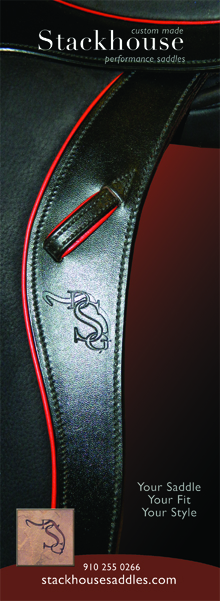Search the Site
Ruth's Blog post # 3: The Difference Between Movements, Figures and Patterns
Many people ask me about the choreography of their freestyle pattern. One of the confusions surrounding a freestyle pattern is what is allowed and what is forbidden at a certain level. Before you can begin to build a pattern you need to know the difference between movements and figures so that you don't try something that is on the "forbidden" list at your level.
What is the difference between movements, figures and patterns?
According to the USDF rule book, dressage movements are leg yields, rein-back, shoulder-in, travers, renvers, turn on haunches, half-pass (trot or canter), flying change, pirouette (walk or canter), piaffe, and passage.
Test Movements: All of the elements that are scored in one box on a dressage test sheet.
Figures: Geometrical component of a dressage test such as circle, change of rein, and figure-of-eight. Many people use the word "figure" interchangeably with "movement" which is incorrect.
Patterns: Geometric design formed in the arena when movements, figures and transitions are combined.
Still Confused?
Think of it this way. If you are creating a first level freestyle, you must include leg yields in both directions as a movement. The leg yield itself, is a movement. Where and how you do the leg yield is a figure. For example, you could do a leg yield from the center line to the wall, or you could do a zig zag creating a more difficult figure and pattern with the leg yield.
Here is another example. Counter canter is not a required component in a first level freestyle, however, it is clearly allowed. Therefore, you can ride a counter canter in any figure to increase the level of difficulty of your choreography and pattern.
Example three.
Let's say you are riding a second level freestyle. You know the technical requirements include free walk, shoulder in both directions, travers and/or renvers at trot, medium trot, 10 meter circles in canter, simple changes of lead and medium canter. You feel that you can do some of these movements and figures in a harder sequence than is required at second level. Can you do this? YES. The USDF rules under the artistic requirements say: "Any figures, patterns, combination, or transitions composed of elements permitted in the declared level are permitted. There are no limitations on shape or combination of figures, even if the resulting configuration is found in higher levels."
That means you are allowed to create a pattern or figure that includes known allowed movements (such as shoulder-in) in any form or difficulty that you choose. This will increase your artistic degree of difficulty score.
For example. Even though the shoulder-in in all second level tests is shown on the track you may show shoulder-in on the center line, or anywhere else. You may even combine one shoulder in left followed by a should-in right. This would be considered a combination of figures and is allowed.
You are welcome to write and ask me about your own freestyle pattern!
Next month we will go over more examples of figures, movements and requirements for particular levels.
Test Movements: All of the elements that are scored in one box on a dressage test sheet.
Figures: Geometrical component of a dressage test such as circle, change of rein, and figure-of-eight. Many people use the word "figure" interchangeably with "movement" which is incorrect.
Patterns: Geometric design formed in the arena when movements, figures and transitions are combined.






